It’s easy to fall in love with Lisbon; it is a romantic, beautiful, easy-going city, with almost all of Portugal’s attractions within a 1 to 2-hour drive. After living in Lisbon for three years in various city center locations, observing others, and talking to friends and visitors, it’s a pleasure to share my findings with you. I hope this is helpful for those considering moving to Lisbon and recognizable for those who already live or have lived in Lisbon.
If I am missing something, please let me know in the comments. If you are still deciding between different places to live in Portugal, also check out our article on things you learn when moving to the Algarve.
1. Loving the quiosque life
Living in Lisbon is to embrace the quiosque life, as you will likely spend much time there meeting up with friends or having a relaxing moment with an imperial. A quiosque is a small vendor of drinks and food in public places, parks, and busy streets. My wife and I have tried many, and of course, you find your personal favorites. Ours are usually related to a picturesque park like the one in Praça das Flores, Praça da Alegria, or Parque Eduardo VII. The drinks are relatively cheap, depending on the proprietor you can get decent food, and most importantly, the people working there are always welcoming (also to your dog). Quiosques are part of daily life in Lisbon. This is a year-round activity because it doesn’t rain much in Lisbon. In winter, you just have to wear a jacket. But quiosques will always be open.
2. Taking routes that avoid the steep hills
Lisbon was built on seven hills. Fun fact: there are multiple famous cities with seven hills, like Rome, and San Francisco (yes, the similarities are not just the bridge and the cable cars!). I walk everywhere in Lisbon. One reason is because it’s doable (45 minutes at most in the city center), but also because it’s simply the best way to experience the city. However, if you use a tool like Google Maps, sometimes it tends to suggest a route that doesn’t take steepness into account. So, be prepared to stand in front of a set of stairs and think: “Really?!?”. After some trial and error, lots of sweat, and muscle pain in your legs, you will learn how to avoid them to get to your destination. However, some locations are simply on top of the hills and there is a slight elevation almost everywhere. So, you will grow calves of steel!
Tip: Throughout the city, there are ways to take a so-called elevador to go to a higher point. You have the tram rides, like the Elevador da Glória, but they’ve become more tourist-oriented, so they are busy and require payment. However, you also have actual lifts that are free to use, like the Elevador Castelo. In your mobile maps app, type in ‘Elevador’ or ‘Lift’ to find them.
3. That Lisboetas mostly come out in winter
Most people (yes, some generalization) from the Iberian Peninsula avoid the sun and the heat at all costs. On the other side, are foreigners like me that have escaped our respective (cold and rainy) home countries to enjoy the abundant rays of Portuguese sunshine to the fullest. My wife and I lived in the Caribbean for 10 years, and still are not used to the Portuguese winter. When the temperature tops 30 degrees Celsius, that’s the point that my Southern European life kicks into high gear. Anyway, Lisboetas (the word for residents and natives of Lisbon) seem to think the opposite. This is especially noticeable during wintertime when you see more Portuguese on the streets.
What also stands out is that many apartment buildings in the city center have balconies, but you rarely see people on them. Most balconies are empty without chairs, plants, or flowers. In any case, Lisboetas are known for being amazing people, so be sure to hit the streets in winter. This is also when you will find more street culture and special foods (especially around Christmas time) compared to the summer season when it’s focused on tourism.
4. It’s all about the Nata
Pastel de Nata is THE pastry from Lisbon and the competition to be the best is always on! This pastry, made of custard and puff pastry crust, is downright amazing. You can find it in just about any coffee shop, quiosque, supermarket, and one of the several Pastel de Nata brand stores. Each of these brands claims to be the best in the city or won a prize at some point. The only way to figure out which is the best is to try lots of different ones. Just don’t do it too often, as you will likely gain some kilos.
Anyway, we’ve done several tests with visiting family and friends, and even though tastes may vary, there is a clear favorite every time! And no, it’s not the original pastel de nata from Belém (although this is a close second). The best pastel de nata is from Manteigaria. The puff pastry crust of their pastel de nata often has the perfect crunch but the difference is in the custard. So creamy, so tasty! You will find several locations throughout Lisbon. A tip: they are incredible when straight from the oven so just ask for some fresh ones when you order. Too good!
5. On Sunday mornings, the city is yours
Sunday morning is quiet time. Few people come into the city to work, and many people living in Lisbon will escape the city to visit family, go to their second home, step into nature, or whatever. Of course, I have that urge too after a bustling week. But wow, with almost empty streets, and a couple of people walking their dogs in the parks, I usually can’t resist just staying and enjoying. Before living in a big city myself, I would’ve never expected this. I would usually go on city trips on the weekend, and cities would always feel busy. Yes, this is true, but only in the real tourist areas. And even there, if you go before 10 am, you should be just fine.
6. Mosaic tiles are beautiful but oh-so-slippery
In the center of Lisbon, pay attention to the pavements you walk on. You can find numerous patterns of the “Calçada Portuguesa.” Its abundance is unique in the world. Also interesting is that several (usually iconic) stores, coffee places, and restaurants will also have their name and logo embedded in the pavement. You will sometimes hear that the craft is in danger of getting lost with the passing of the generations. But you will often see workers on their knees, doing an incredible job. So, I think the pavements will be fine for a couple of decades at least.
But… remember that most streets have a slope and the tiles become as slippery as ice when it rains. There is no place for high heels, so wear shoes with a solid grip. I’ve had many ‘slips’ but have yet to fall (knock on wood). Another downside is that it’s not made for tourists who are dragging their suitcases. The resistance will break a sweat, and the noise will feel like you are annoying the whole neighborhood.
Tip: Make sure to visit the small Pavers Monument on Praça dos Restauradores with the iconic Lisbon emblem.
7. The laidback, safe vibe feels incredible
According to the Global Peace Index, Lisbon is one of the safest cities in the world. And you feel it, always. It’s like a warm blanket. Maybe it’s because we lived in the Caribbean, where crime rates are significantly higher. I don’t know the exact reasons why it’s so safe, but I think the main reasons are that people in Portugal are relatively conservative, and there is a larger safety net (family and government), so less reason to steal. Of course, there is some crime, especially petty theft like pickpockets. But this is mostly in the tourist areas and a simple solution is to just keep your hand on your belongings. It’s unlikely you will get robbed and you will generally be safe 24 hours a day, in all neighborhoods.
So, enjoy it, because it’s so unique for a big city.
Tip: It’s good to know that in Portugal, all drugs are decriminalized. You may encounter more smells of soft drugs than you are likely used to. In tourist areas, if you look like a tourist (I am tall and blond, for example), some people might approach you to buy drugs. They are usually friendly, so just say no, and they will leave you alone.
8. No showstoppers, yet lots of discovery
Everybody loves Lisbon. I don’t think I’ve met anybody that didn’t like it. However, it’s not a destination where you visit a landmark and go: wow. For example, there’s no Eiffel Tower. However, Lisbon doesn’t need that as it’s a city where you will feel like there’s something to discover around every corner. I think the hills are an important part of that as you can cross a street and find an incredible river view, go down steep stairs and get a different vantage point, or even step into a different neighborhood. Add to that the numerous (relatively small) parks, squares, monasteries, churches, viewpoints, mosaics on the pavements, etc. Something special.
This is also the reason why, despite the hills, Lisbon is best discovered by walking. You have to feel the city, have a drink at different quiosques, grab some food, walk on the riverside, feel your legs burning up a hill, jump onto a tram, walk into a church; go wherever you feel the city takes you.
9. The beach is always super close
We all know Lisbon is close to the ocean, yet it is ultimately more of a riverside city. As a surfer, it feels weird to see people walking and driving with their surfboards in the middle of the city, with no ocean in sight. And then you realize that there are tens of different beaches just a short bus/car/train ride away. You can cross the bridge over to Costa da Caparica (beware of the traffic jams! Go early), pick one of the many beaches along the riverside towards Cascais, or go west coast with a Praia do Guincho or even Ericeira. We have mostly lived near Marques de Pombal and from there it takes only a couple of minutes to get out of the city and be on the highway. The beaches mentioned are between a 20 and 40-minute drive.
Surf tip: yes, these beaches are some of the best surf spots in the world. It does get busy with locals and tourists (it’s so easy to fly into Lisbon) but if you pick your times and spots, it’s next level.
10. City escapes are just a short ride away
To be honest, I do think that Portugal’s trademark is the coastline. It’s just next level. If you want to go inland, Spain tends to win that ‘battle’ with incredible cities and villages. But, Portugal is full of culture with castles, pilgrimage sites, agriculture (cork fields, vineyards), and much more. And when you are living in Lisbon, you are smack in the middle of this. Some examples to drive to: Cascais: 30 minutes. The giant waves of Nazaré: 1 hour and 15 minutes. Sintra: 30 minutes. Spanish border with many castles: 2 hours. Algarve: 2.5 hours. Coimbra: 2 hours. Setúbal: 45 minutes. Porto: 3 hours. And, for those that want to hit some Spanish showstoppers… Madrid: 5 hours, Seville: 5 hours.
Over the next decade, Portugal will also massively improve the railway system. There is the option to go to most places by bus. Cheap, but it will take longer.
Other articles you will probably love
2 Comments
Add comment Cancel reply
This site uses Akismet to reduce spam. Learn how your comment data is processed.

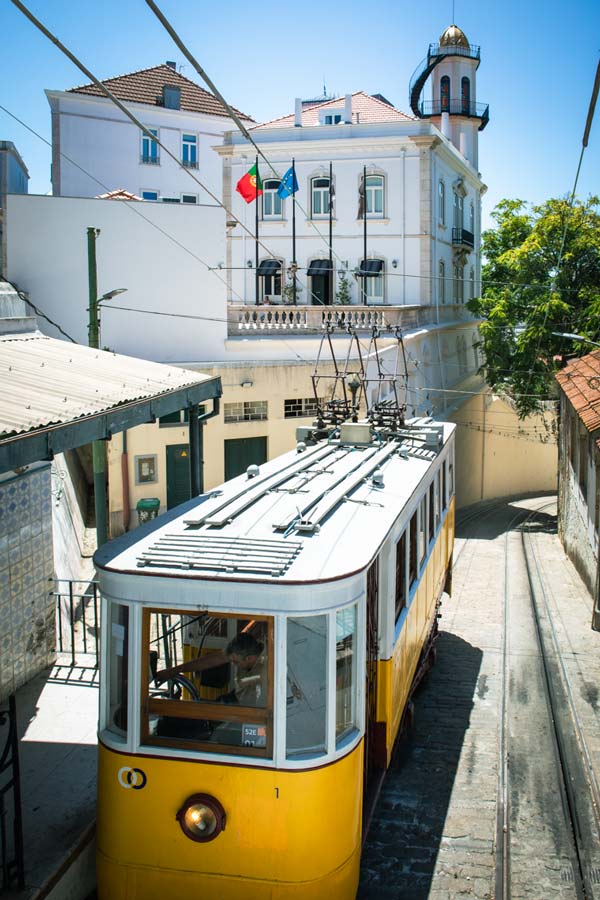
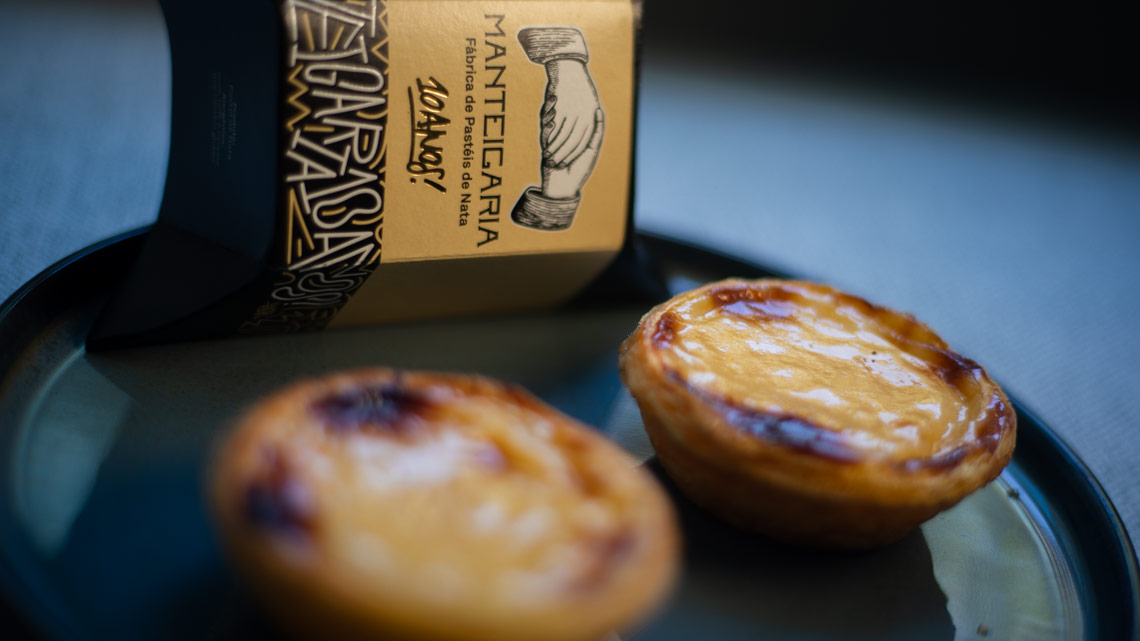
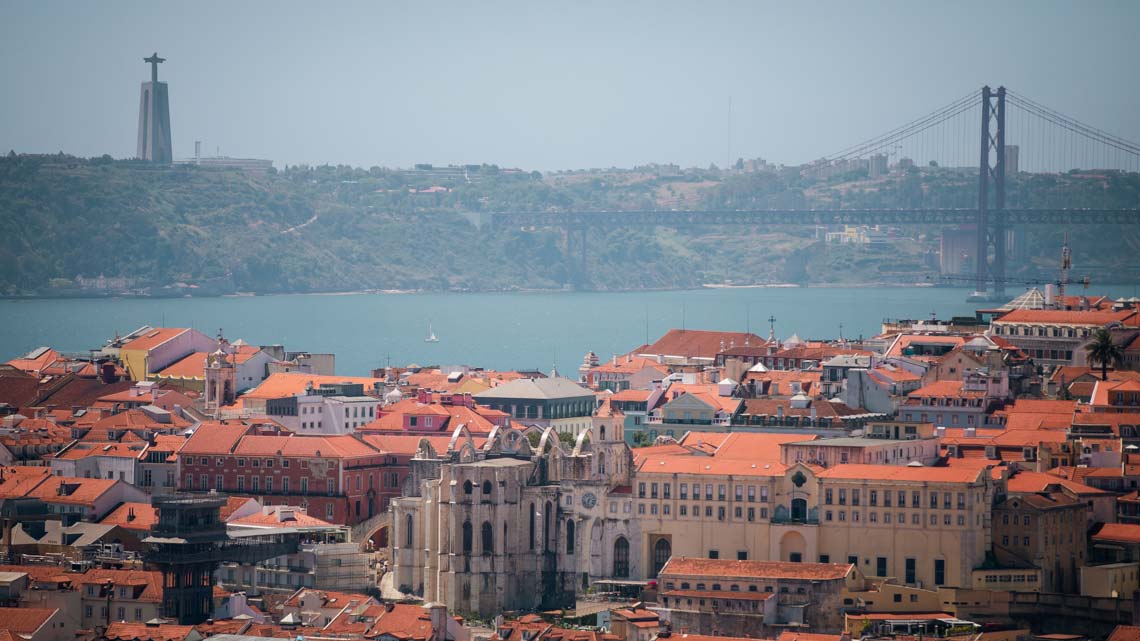
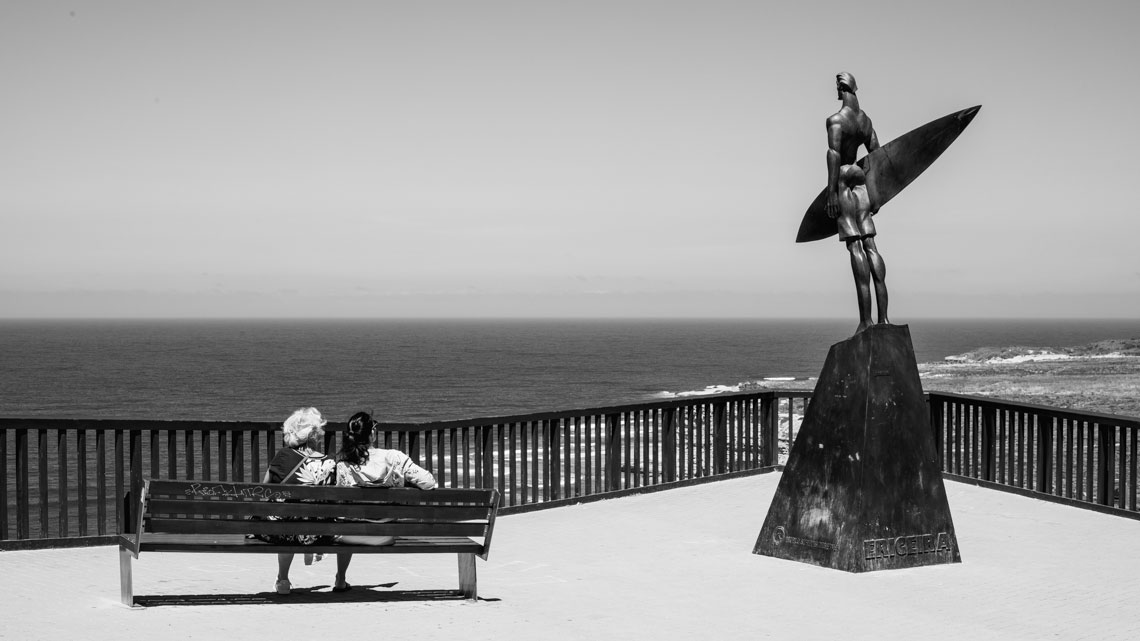

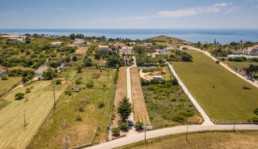
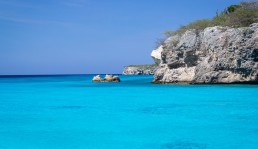
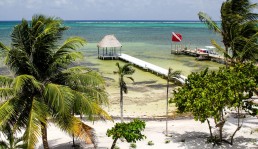
Hello!
Good luck 🙂
Hey people!!!!!
Good mood and good luck to everyone!!!!!